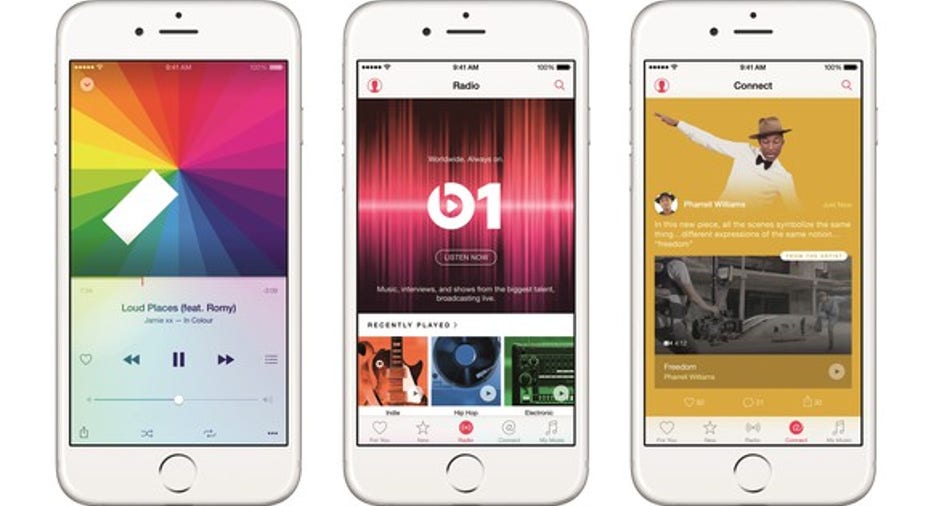Report: 3 Apple Inc. iPhone 7 Models Coming Next Year

Image source: Apple.
According to Nikkei, a generally reliable publication, Apple (NASDAQ: AAPL) isn't planning to launch just two iPhone models next year, but three. Nikkei, citing a "source familiar with Apple's plans," claims that the first two models will come in familiar form factors: a model with a 4.7-inch display and one with a 5.5-inch display -- sizes that Apple has been producing since the late 2014 launch of the iPhone 6 and iPhone 6 Plus.
The third model, however, will reportedly feature an OLED display (a display technology that's superior in many ways to current LCD technology used in current generation iPhones) that's at least 5.5-inches large and will be "bent on the two sides." In other words, Apple will be taking a page from Samsung's(NASDAQOTH: SSNLF) playbook.
In fact, according to industry analyst David Hsieh, who is quoted in the Nikkei report, Samsung will actually be Apple's "sole OLED supplier next year."
A three-phone strategy would be quite interesting
One of the constraints that Apple has had to work under is that it commands the lion's share of the profit in the smartphone industry and wants to make sure to keep it. This has afforded the company the freedom to invest heavily in research and development, but it has tied the company's hands somewhat when it comes to the iPhone's bill of materials cost.
This immense profitability and the desire to stay immensely profitable has forced Apple to be more judicious about incorporating new, whiz-bang technologies that add cost and/or manufacturing complexity. Some of these technologies could fundamentally improve Apple's competitive positioning and its users' experience and are worth adding. Others might be viewed as gimmicky by customers and ultimately wind up just being a cost burden.
Another factor that has kept Apple from adopting some bleeding-edge technologies has simply been the problem of availability. Apple sells hundreds of millions of phones each year. In some cases, it simply isn't worth taking the risk on technology for which manufacturing yields aren't great or for which industrywide capacity is fairly limited.
By introducing a third, ultra-premium iPhone in 2017 alongside two more "mainstream" iPhones, Apple could pretty much get around both of these problems. An iPhone with a curved OLED display (as well as whatever other features Apple would include to justify a premium price for the product) would undoubtedly be more expensive to make than an iPhone with a traditional liquid crystal display.
But as long as Apple could charge customers more for the model with an OLED display, then the increased cost structure wouldn't be too much of a problem.
Additionally, if the curved OLED model is a limited, premium-priced device, the fact that Apple has only one source for these displays wouldn't be too big of a risk. Once additional suppliers come online with flexible OLED display capacity (and manufacturing recipes that can produce product at acceptable yields), then Apple could more broadly incorporate OLED displays into its iPhone product lineup -- and beyond.
A secret billion-dollar stock opportunity The world's biggest tech company forgot to show you something, but a few Wall Street analysts and the Fool didn't miss a beat: There's a small company that's powering their brand-new gadgets and the coming revolution in technology. And we think its stock price has nearly unlimited room to run for early in-the-know investors! To be one of them, just click here.
Ashraf Eassa has no position in any stocks mentioned. The Motley Fool owns shares of and recommends Apple. The Motley Fool has the following options: long January 2018 $90 calls on Apple and short January 2018 $95 calls on Apple. Try any of our Foolish newsletter services free for 30 days. We Fools may not all hold the same opinions, but we all believe that considering a diverse range of insights makes us better investors. The Motley Fool has a disclosure policy.